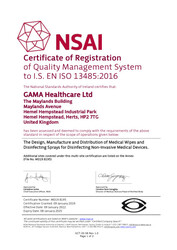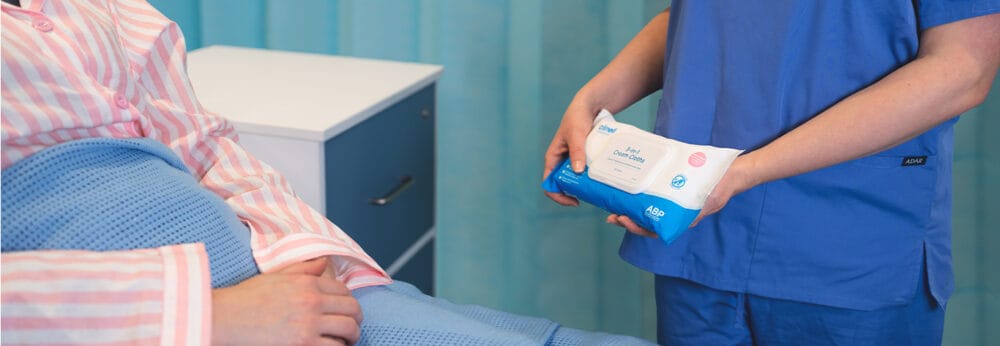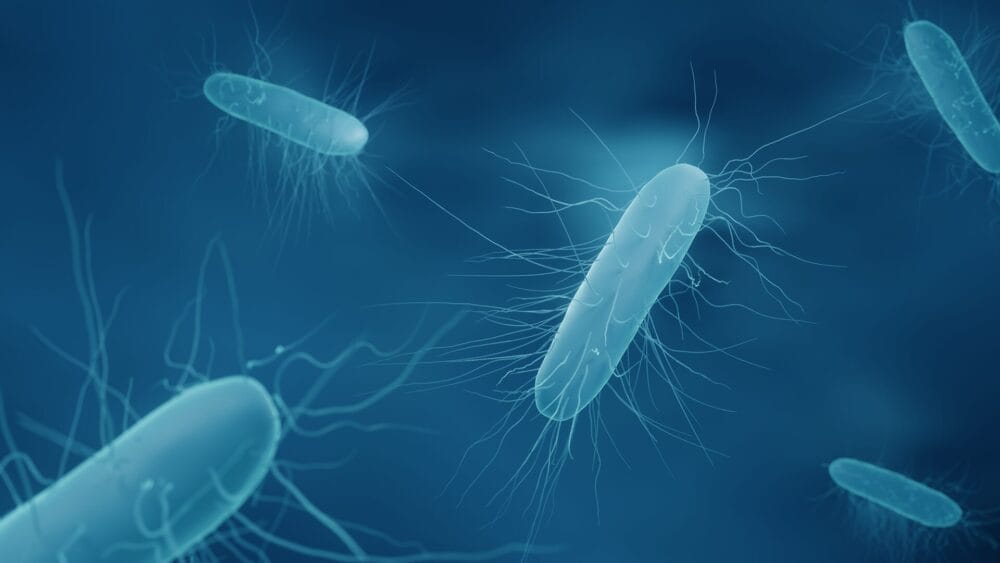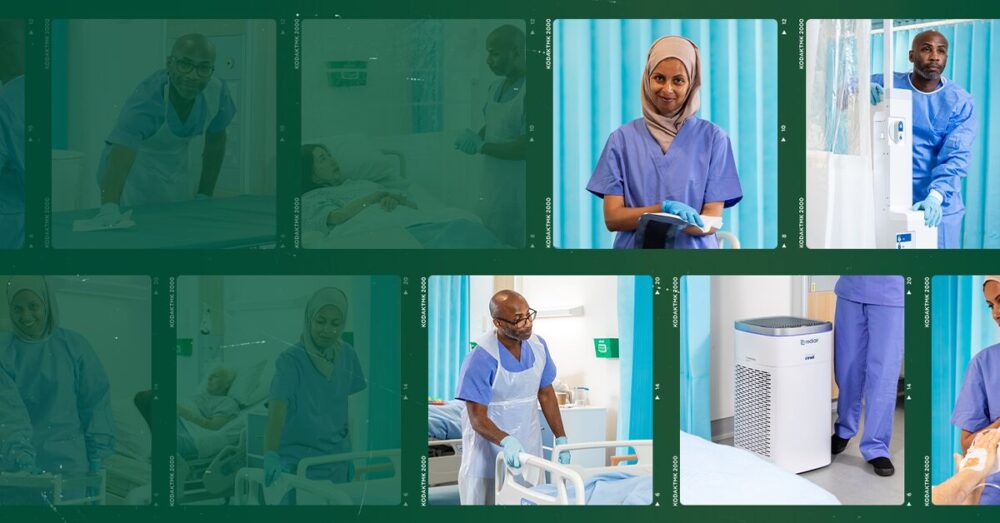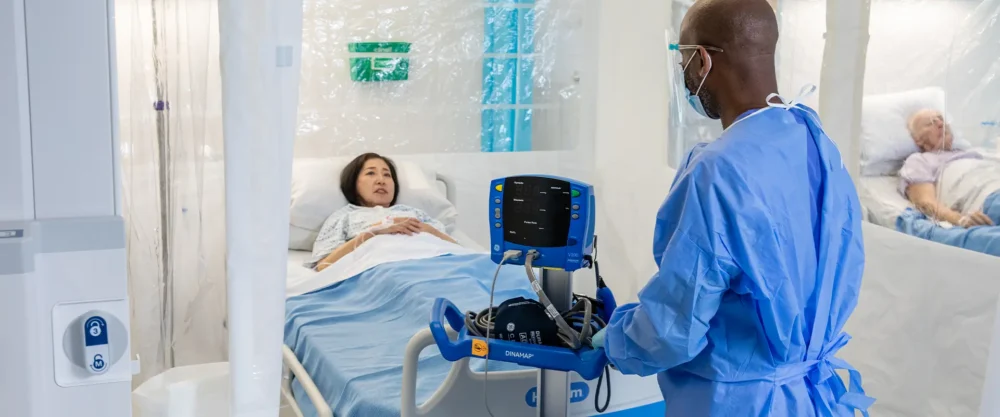Regulatory Affairs & Quality Assurance
Commitment to quality
We provide products of the highest possible quality.
As part of as being ISO 9001:2015 a accredited, we have a comprehensive Quality Management System (QMS) which ensures that our standards are never allowed to slip. This QMS is regularly reviewed to make sure it is fit for purpose through a program of internal auditing, management reviews and corrective action (when the need arises).
We also have the highest expectations for each of our carefully chosen manufacturing, supply chain and distribution partners. These companies are expected to hold themselves to the same high standards that we strive towards every day. Partner companies are expected to be fully compliant with all relevant regulatory requirements as well as any additional conditions required by GAMA.
Our team of local and international auditors regularly visit our factories and distribution centres to ensure that our quality, environmental and social standards are enforced.
We have progressively increased our comprehensive programme of audits and supplier reviews over several years. In cases of non-compliance, we require immediate action, working directly with our suppliers to improve standards.
As part of our commitment to protecting the environment, GAMA works diligently to ensure that all of our manufacturing partners follow the appropriate WEEE (waste electrical and electronic equipment) regulations wherever they apply.
Our partner companies are expected to maintain a very high standard in their operations and GAMA is happy to provide the necessary guidance and support to them whenever required.
Our practice of regularly auditing partner factories helps to ensure compliance.
| Term | Definition |
|---|---|
| Aerobe | An organism that grows in the presence of oxygen. |
| Aerobic Colony Count | The number/type of pathogens recovered from a surface. |
| Anaerobe | An organism that grows in the absence of oxygen. |
| Alcohol hand rub (AHR) | A formulation of alcohol (e.g. ethanol, isopropanol, n-propanol) used to reduce the number of microorganisms on hands that are not visibly soiled. |
| Antibiotic-resistant organism (ARO) | A microorganism that has developed resistance to the action of certain classes of antibiotics. |
| Antiseptic | An agent that can kill or inhibit microorganisms on living tissue and skin. |
| Bactericidal | Lethal activity against bacteria. |
| Bioburden | The numbers and types of microorganisms on a contaminated surface. |
| Biocide | Usually a broad-spectrum chemical or physical agent that inactivates microorganisms. |
| Cleaning | The physical removal of foreign material (e.g. dust, soil) and organic material (e.g. blood, secretions, excretions, microorganisms) with water, detergents and mechanical action. |
| Contamination | The presence of an infectious agent on hands and fomites. |
| Contact time | The time necessary for a disinfectant to result in a significant reduction (usually 3 log reduction) in microorganisms. |
| Detergent | An emulsifying agent that contains surfactants and/or protease enzymes and whitening agents. |
| Disinfectant | A chemical applied on surfaces or medical equipment/devices which is capable of disinfection. |
| Disinfection | The process of removing/reducing the numbers of an infectious agent. Disinfection does not destroy bacterial spores. |
| Fomites | An inanimate object that may be contaminated with microorganisms and serve as a vehicle of transmission. |
| Healthcare-associated infection (HCAI) | A term relating to an infection that is acquired during the delivery of healthcare (also known as nosocomial infection). |
| High-touch surfaces | High-touch surfaces are those that have frequent contact with hands. Examples include doorknobs, call bells, bedrails, light switches, wall areas around the toilet and edges of privacy curtains. |
| Infection | The entry and multiplication of an infectious agent in the tissues of the host. |
| Infection prevention and control | Evidence-based practices and procedures that, when applied consistently in healthcare settings, can prevent or reduce the risk of infection in clients/patients/residents, healthcare providers and visitors. |
| Low-level disinfection (LLD) | Level of disinfection required when processing non-invasive medical equipment (i.e. non-critical equipment) and some environmental surfaces. Equipment and surfaces must be thoroughly cleaned prior to low-level disinfection. |
| Low-touch surfaces | Surfaces that have minimal contact with hands. Examples include walls, ceilings, mirrors and window sills. |
| Microbicide | A substance that destroys infectious agents, including, bacteria, viruses and fungi. |
| Neutralisation | The ability to stop the activity of a microbicide at a defined exposure time. |
| Reservoir | Any person, animal, substance or environmental surface in or on which an infectious agent survives or multiplies, posing a risk for infection. |
| Sporicidal | Lethal activity against spores. |
| Sporistatic | Inhibition of spore germination. |
| Abbreviation | Name |
|---|---|
| ACC | Aerobic colony count |
| AHR | Alcohol hand rub |
| ATP | Adenosine triphosphate |
| CDC | Centres for Disease Control and Prevention |
| CDI | Clostridium difficile infection |
| HCAI | Healthcare-associated infections |
| HCW | Healthcare workers |
| KPC | Klebsiella pneumonia carbapenemase |
| LLD | Low-Level disinfection |
| MRSA | Methicillin-resistant staphylococcus aureus |
| MSDS | Material Safety Data Sheet |
| NAO | National Audit Office |
| PPM | Parts per million |
| QAC | Quaternary Ammonium Compound |
| RCN | Royal College of Nursing |
| UVI | Ultraviolet irradiation |
| VHP | Vaporised hydrogen peroxide |
| VOC | Volatile organic compounds |
| VRE | Vancomycin-resistant enterococci |
Latest
Advancing Continence Care with Clinell Contiplan: Expanded Indications, Pathways and Proven Outcomes
This World Continence Week, Clinell Contiplan 3-in-1 Cream Cloths introduce…
Celebrating 20 Years of GAMA Healthcare: Our Story
This month, GAMA Healthcare celebrates 20 years of helping prevent…
Norovirus and gastroenteritis outbreaks, the party ‘pooper’ you don’t want invited!
Recently, on 11 October 2024, NSW Health issued a health…
Clean Between to Reduce Healthcare-Associated Infections
Healthcare-associated infections (HAIs) are a significant concern for healthcare facilities…
Wiping away infections – the CLEEN way!
Cleaning shared medical equipment with a disinfectant wipe at least…
IPC Tour 2024 Highlights
GAMA Healthcare and ACIPC once again joined forces to bring…
Can patient and resident hand hygiene be part of the solution to preventing infections?
The importance of practising proper hand hygiene is widely considered…
Confronting the hidden threat of C. diff
The power of effective surface decontamination The hidden threat of…
Reflections and learnings from International Infection Prevention Week (IIPW)
International Infection Prevention Week shines a spotlight on the crucial…
Access to patient isolation rooms matters
Infection prevention and control is complex and incorporates a whole…
